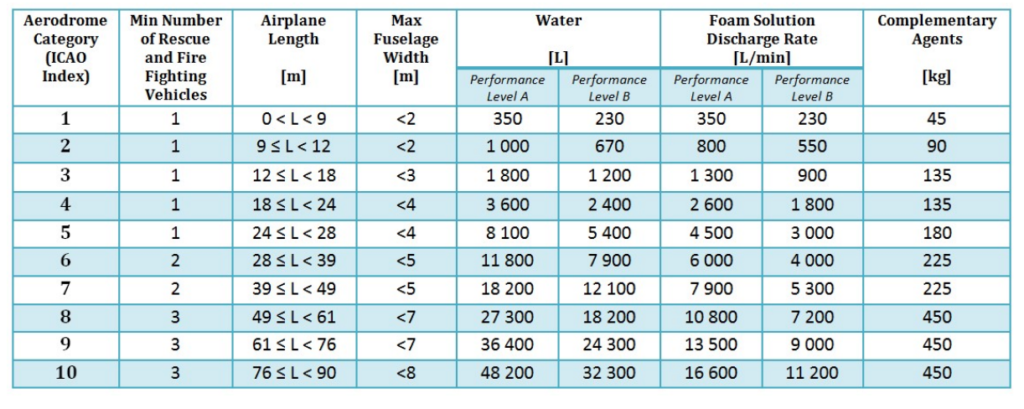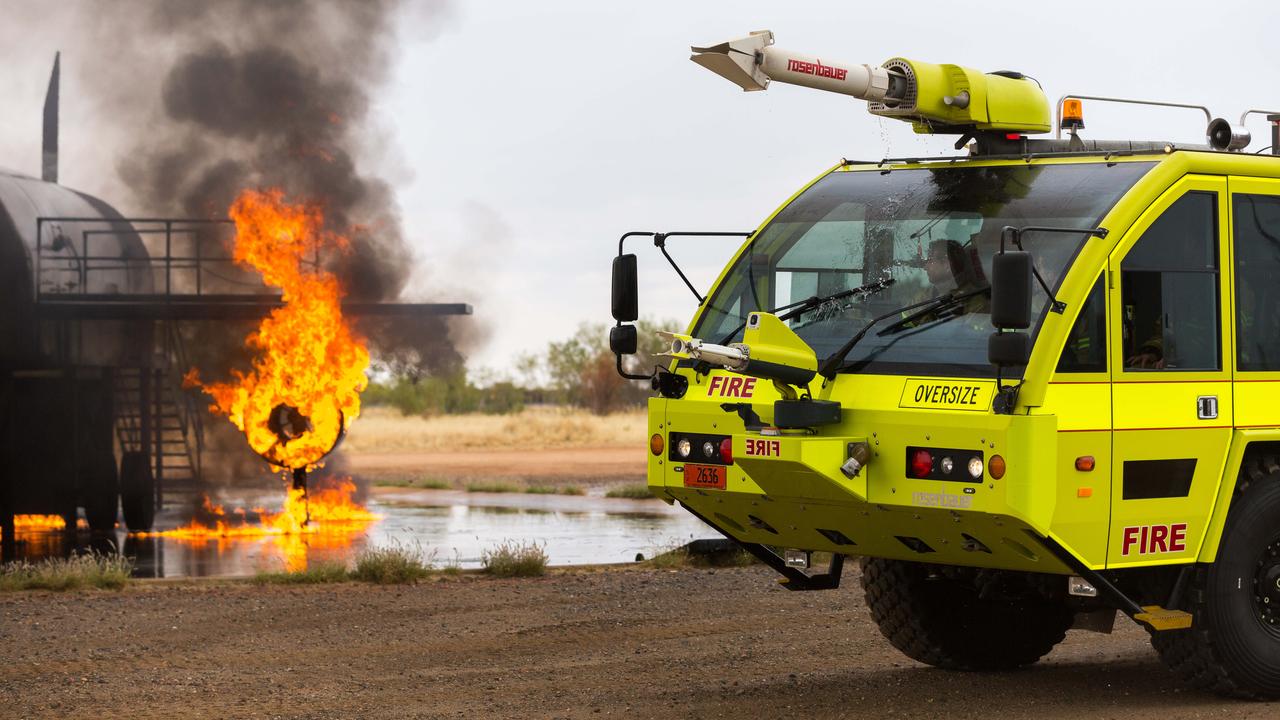Disruption looms at Australian airports on April 15. Rescue fire fighters have announced a four-hour strike from 06:00 – 10:00 local time at twenty-seven airports across the country – including the majors.
It seems the cause extends beyond just pay and conditions with safety concerns over staffing levels the United Fire Fighters Union has described as ‘dire.’
Here’s everything we know, and how to decode the inevitable RFFS Notams soon to grace your pre-flight briefing.
Impact to Ops
The strike will see RFFS categories simultaneously reduce as low as zero (more on these categories below).
While the exact impact of the impending strike isn’t clear yet, previous strikes have given us a good idea of what to expect.
Traffic delays could extend beyond the strike period as airlines scramble to re-schedule cancelled or delayed services, with the added addition of peak school holidays. For inbound traffic this means delays and holding.
The RFFS downgrades themselves will be announced by Notam closer to the time and may also affect the use of Australian airports as ETOPS alternates.
‘Leaked’ Controversy
The plot thickens over the alleged leaking of a safety assessment which supposedly identified major flaws at several Australian airports over a lack of staff, procedures, trucks and other frontline fire-fighting equipment for the type of aircraft using them.
If this is correct, YBBN/Brisbane, YPPH/Perth, YMML/Melbourne, YSCB/Canberra and YSSY/Sydney airports are all operating at high levels of risk in some emergency scenarios – something that Air Services Australia (who is responsible for RFFS staffing) has denied. The Australian Aviation Authority (CASA) has also weighed in on the issue, and sides with Air Services.
The Fire Fighter Union has also claimed that in some cases, flights have been operating at regional airports (such as YMLT/Launceston and YBSU/Sunshine Coast) with less than the minimum required RFFS staff on watch – although we can’t confirm this.
Regardless of who is correct, the two parties are locked in a row that has led to the upcoming strike.
RFFS Categories
The effect of the strike will become apparent in the next couple of weeks via Notams like this:

If you’re not familiar with what these categories actually mean, here’s a quick rundown on how they work.
An airport’s RFFS Category refers to the largest aircraft it is intended to receive (think length and fuselage diameter).
This dictates the amount of water, agents, vehicles and response time required to fight fires on planes of these size.
With that in mind, here are the current ICAO RFFS Categories.

Further Strikes Are Likely
Right now, April 15 is the only scheduled RFFS strike. However, if no deal is struck between the Fire Fighters’ Union and Air Services Australia, we are likely to see more.
The good news is that we all also receive advance notice of any that are planned. We’ll continue to report those as they arise.
If you encounter disruptions during the upcoming strike, we’d love to hear from you. You can reach us on news@ops.group.
More on the topic:
- More: TIBA in Australia: What’s Going On?
- More: Ops Down Under: Borders Opening Up
- More: Major runway works in Sydney
- More: The Lowdown on AUSOTS: Australian Flex Tracks
- More: Good news from Australia – the TSP just got easier
More reading:
- Latest: Teterboro: RIP the RUUDY SIX
- Latest: 400% increase in GPS Spoofing; Workgroup established
- Latest: GPS Spoofing WorkGroup 2024
- Safe Airspace: Risk Database
- Weekly Ops Bulletin: Subscribe
- Membership plans: Why join OPSGROUP?











 Get the famous weekly
Get the famous weekly 





